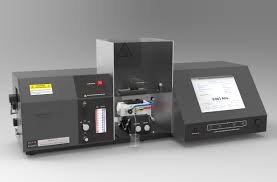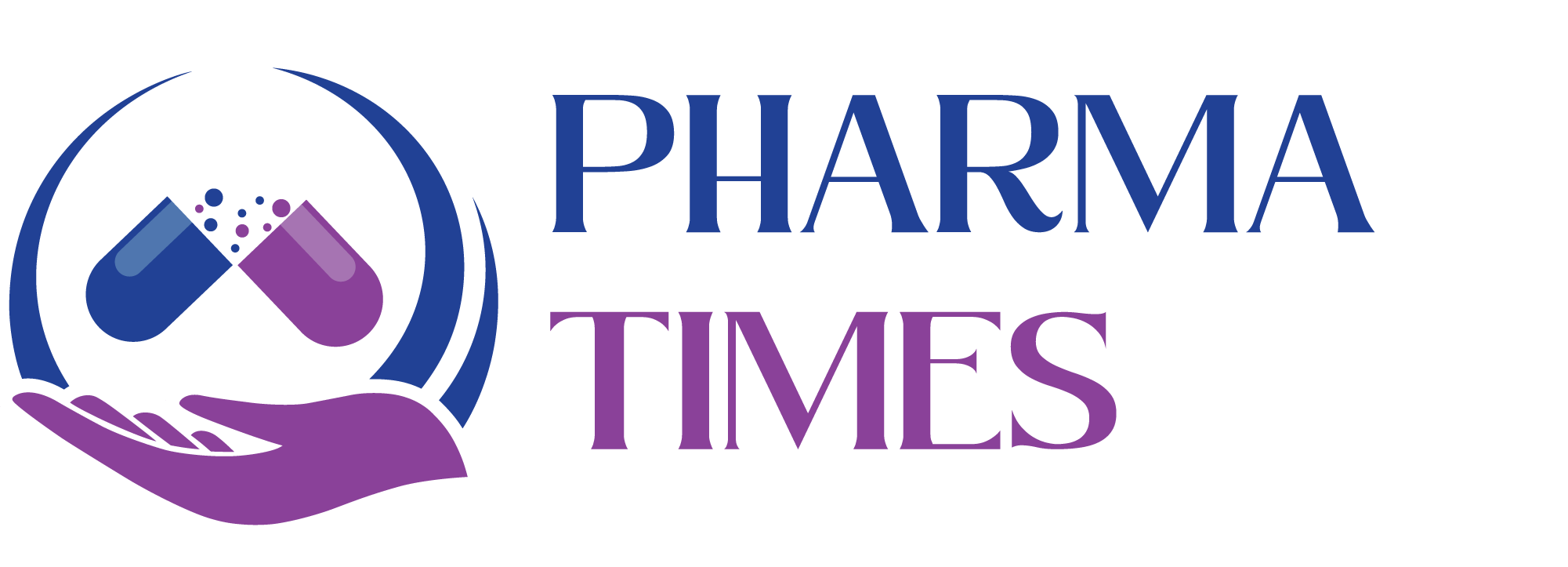SOP for Calibration of Atomic Absorption Spectrophotometer.

Standard Operating Procedure (SOP)
Here’s a Standard Operating Procedure (SOP) for the Calibration of Atomic Absorption Spectrophotometer (AAS):
1. Purpose
To provide standardized instructions for the calibration of the Atomic Absorption Spectrophotometer (AAS) to ensure accurate and reliable measurement of metal ions in samples.
2. Scope
This SOP is applicable to all Atomic Absorption Spectrophotometers used in the [Company/Facility Name] laboratory for metal analysis.
3. Responsibilities
-
Analysts/Technicians: Responsible for performing the calibration procedure and documenting results.
-
QC Supervisor: Ensures adherence to the SOP and verifies the calibration data.
-
Maintenance Team: Assists with any necessary maintenance or troubleshooting.
4. Materials and Equipment
-
Atomic Absorption Spectrophotometer (e.g., [Enter Model/Brand])
-
Calibration standards (prepared metal solutions of known concentrations)
-
Deionized water
-
Flame or graphite furnace (depending on AAS type)
-
Analytical balance (for preparing standards)
-
Glassware (volumetric flasks, pipettes)
-
Flame atomizer (for flame AAS) or graphite furnace (for GFAAS)
-
Computer with AAS software
5. Procedure
5.1 Preparation for Calibration
-
Power On the AAS:
-
Turn on the Atomic Absorption Spectrophotometer and allow it to warm up according to the manufacturer’s instructions (typically 20–30 minutes).
-
Ensure the flame (for flame AAS) or graphite furnace (for GFAAS) is ignited and stable.
-
-
Check for Cleanliness:
-
Clean the nebulizer, burner head, or graphite tube to prevent any sample residue from affecting the calibration.
-
-
Prepare Calibration Standards:
-
Prepare a series of calibration standards with known concentrations of the metal to be analyzed. The range of concentrations should span the expected concentration in the samples.
-
Prepare standards in deionized water to avoid contamination.
-
-
Check for Proper Setup:
-
Ensure that the proper lamp for the metal to be analyzed is installed.
-
Set the instrument to the correct wavelength for the specific metal.
-
5.2 Calibration Procedure
-
Select Wavelength:
-
Set the Atomic Absorption Spectrophotometer to the appropriate wavelength for the element you are measuring. This is typically provided in the instrument’s manual or a reference guide.
-
-
Analyze Calibration Standards:
-
Aspirate the first calibration standard (lowest concentration) into the AAS.
-
Record the absorbance value displayed on the AAS software for the standard.
-
Repeat the process for all calibration standards, moving from the lowest to the highest concentration.
-
For flame AAS, ensure that the flame conditions remain consistent throughout the process.
-
-
Plot Calibration Curve:
-
After measuring all calibration standards, the software will typically generate a calibration curve that plots absorbance versus concentration.
-
Check the curve for linearity. A good calibration curve should produce a straight line with a high correlation coefficient (R² value) close to 1.0.
-
-
Validate Calibration:
-
Verify the calibration curve by checking the absorbance values of the standards. If the curve shows any deviations, repeat the calibration process, adjusting instrument parameters as necessary.
-
5.3 Calibration Verification
-
Use Quality Control Samples:
-
Analyze a quality control sample with a known concentration to verify the accuracy of the calibration.
-
The result should be within the acceptable limits based on the expected concentration of the quality control sample.
-
-
Recalibration (if necessary):
-
If the results fall outside acceptable limits, recalibrate the instrument by adjusting the parameters or replacing the calibration standards.
-
5.4 Post-Calibration Checks
-
Record Results:
-
Document the calibration curve, including the concentration of each standard and its corresponding absorbance values.
-
Record the correlation coefficient (R²) and the slope of the calibration curve.
-
-
Instrument Check:
-
Verify the performance of the AAS by running a blank sample (deionized water) to ensure there is no interference or drift.
-
-
Shutdown Procedure:
-
After calibration, shut down the AAS according to the manufacturer’s instructions, including turning off the flame or graphite furnace.
-
6. Frequency of Calibration
-
The AAS should be calibrated daily before sample analysis or whenever there is a change in the batch of calibration standards.
-
Recalibration may also be necessary if there is a noticeable deviation in sample results or if the instrument undergoes maintenance.
7. Troubleshooting
-
No Signal: Check the lamp, flame, or furnace for proper operation. Ensure that the correct lamp is being used for the element of interest.
-
Poor Calibration Curve: Verify that the correct standards were used and that the flame or furnace conditions are stable.
-
Inconsistent Results: Ensure that the instrument is properly cleaned, the calibration standards are prepared accurately, and the system is stable before taking measurements.
8. Documentation and Records
-
Calibration Log: Maintain records of all calibration activities, including the date, operator, calibration standards used, absorbance values, and calibration curve data.
-
Maintenance Log: Record any maintenance performed on the instrument, including lamp replacements, calibration verification, and repairs.
9. References
-
Manufacturer’s manual for the Atomic Absorption Spectrophotometer
-
ASTM and ISO guidelines for calibration and analysis of metals
-
Laboratory standards for metal analysis
🎓 Discover one of the best Quality Assurance courses available — click below to explore the course that’s shaping future QA skills.

